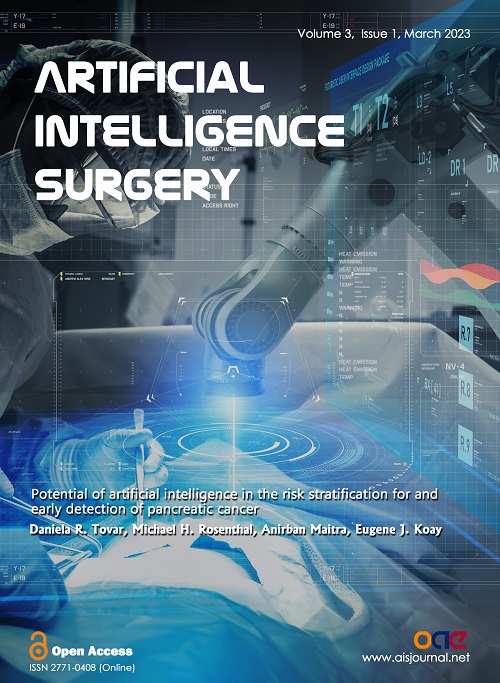Volume 3, Issue 1 (2023) – 5 articles
Cover Picture: Pancreatic ductal adenocarcinoma (PDAC) is the third most lethal cancer in the United States, with a 5-year life expectancy of 11%. Most symptoms manifest at an advanced stage of the disease when surgery is no longer appropriate. The dire prognosis of PDAC warrants new strategies to improve the outcomes of patients, and early detection has garnered significant attention. However, early detection of PDAC is most often incidental, emphasizing the importance of developing new early detection screening strategies. Due to the low incidence of the disease in the general population, much of the focus for screening has turned to individuals at high risk of PDAC. This enriches the screening population and balances the risks associated with pancreas interventions. The cancers that are found in these high-risk individuals by MRI and/or EUS screening show favorable 73% 5-year overall survival. Even with the emphasis on screening in enriched high-risk populations, only a minority of incident cancers are detected this way. One strategy to improve early detection outcomes is to integrate artificial intelligence (AI) into biomarker discovery and risk models. This expert review summarizes recent publications that have developed AI algorithms for the applications of risk stratification of PDAC using radiomics and electronic health records. Furthermore, this review illustrates the current uses of radiomics and biomarkers in AI for early detection of PDAC. Finally, various challenges and potential solutions are highlighted regarding the use of AI in medicine for early detection purposes.
view this paper 









